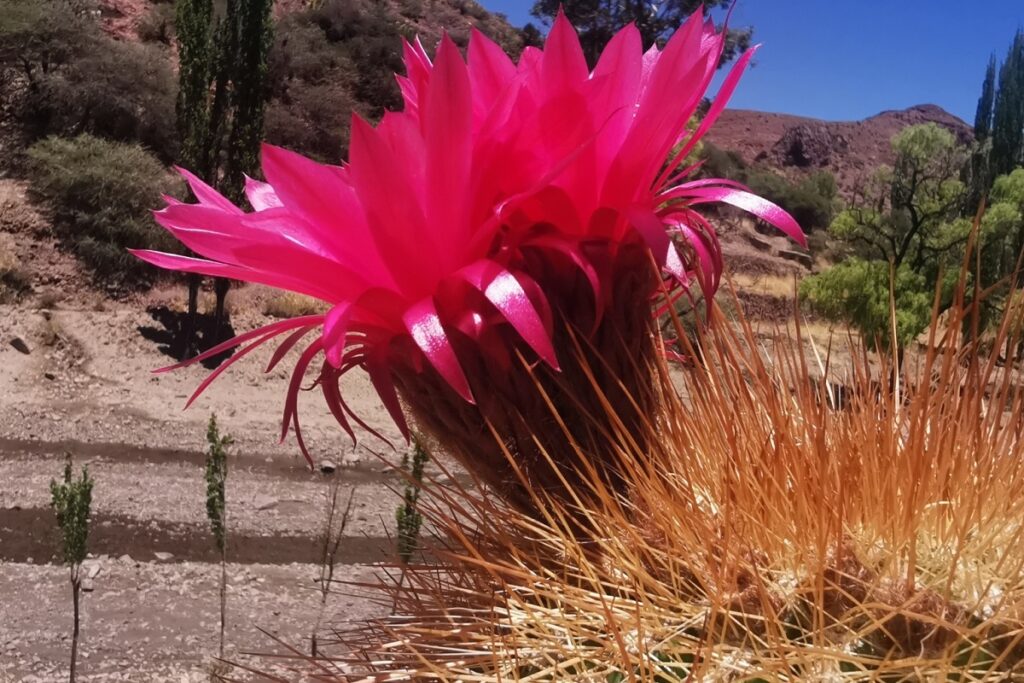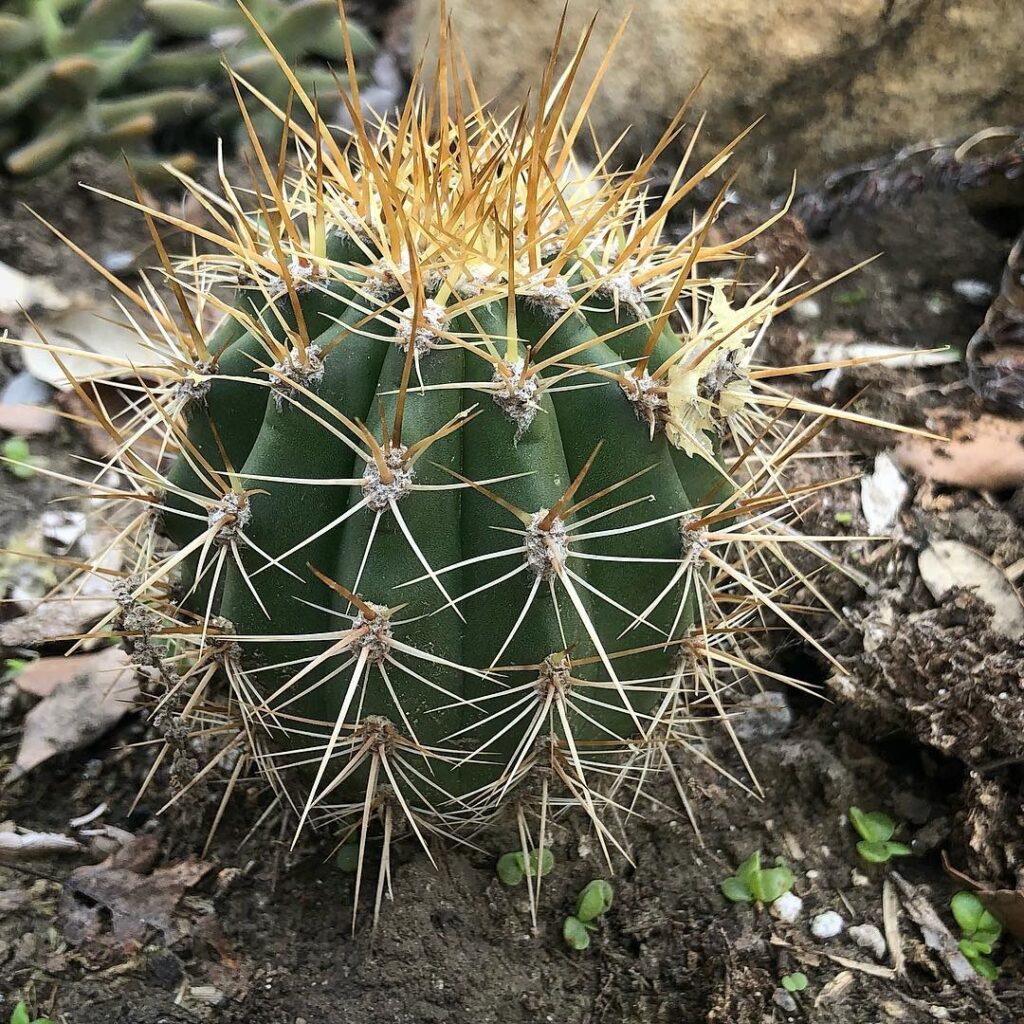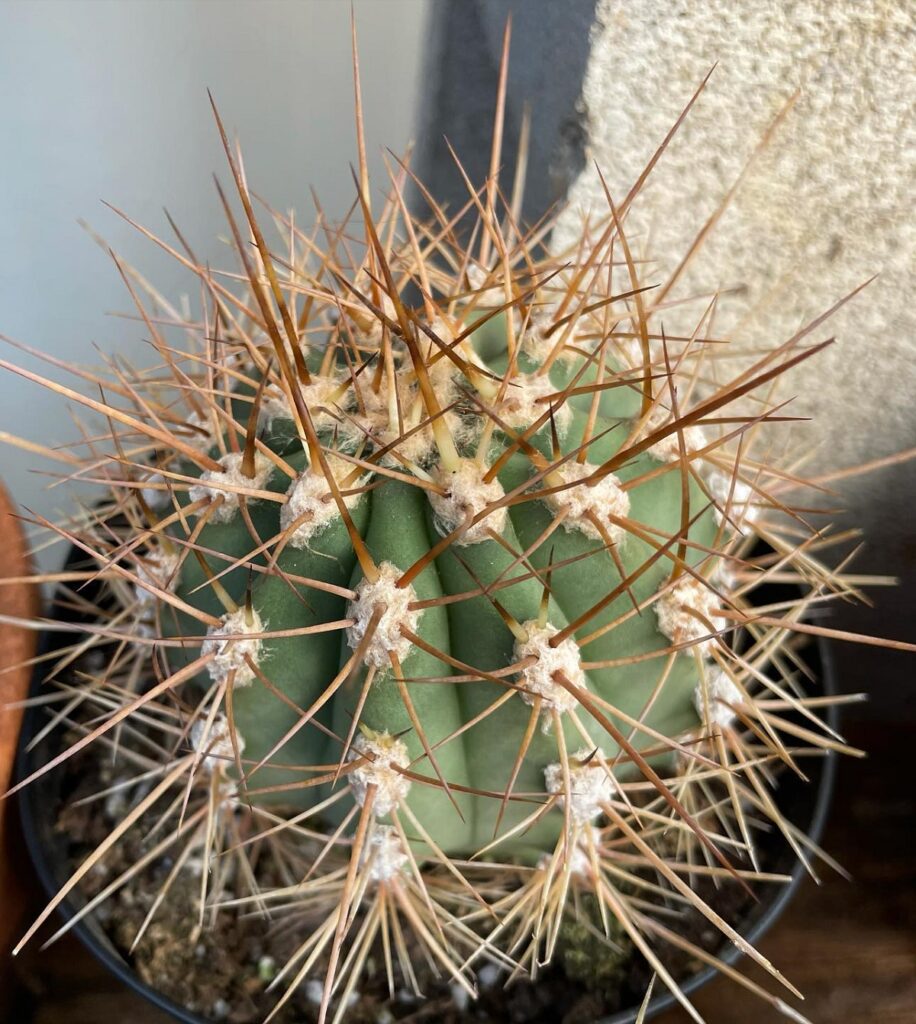Prepare to Be Awestruck by the Helianthocereus poco’s Fiery Blooms
Are you ready to feast your eyes on one of nature’s showstoppers? Let us introduce you to the magnificent Helianthocereus poco, a cactus that’s sure to leave you spellbound! With its dazzling blooms and peculiar features, this plant is an absolute must-have for cactus enthusiasts and gardening aficionados alike. So grab a cozy seat and let’s dive into the captivating world of this desert marvel!

Contents
About Helianthocereus poco
First things first, let’s get to know our star attraction a little better. The Helianthocereus poco, also known as Echinopsis tarijensis, is a tall, columnar cactus that hails from the rugged landscapes of southwestern Bolivia and the Argentine province of Jujuy. It starts its life as a solitary seedling but eventually develops into a bushy, branching shrub that can reach towering heights of up to 16 feet!
The cactus’s stems are dark green and stout, boasting a diameter of up to 16 inches. But what really sets them apart are the numerous ribs (around 25 of them!) adorned with prominent, fuzzy areoles that give birth to an array of uneven, whitish-brown spines. These spines can be up to 8 inches long on young stems, adding a touch of ruggedness to the plant’s appearance.
Now, let’s talk about the real showstopper: the blooms! The Helianthocereus poco produces funnel-shaped flowers that are simply breathtaking. Imagine vibrant hues of red, pink, or creamy white, each bloom reaching up to 5 inches long and 4 inches wide. These fiery beauties emerge near the stem tips, ensuring they receive ample sunlight to flaunt their glory.
Related Post:
82 Types of Echinopsis With Pictures
How To Care For Helianthocereus poco
Light
The Helianthocereus poco thrives in full sun, but young plants prefer a little shade to prevent sunburn. If you’re growing them indoors, a grow light can work wonders!
Water
Like most cacti, the Helianthocereus poco prefers a “soak and dry” approach. During the hot summer months, water thoroughly when the soil is completely dry, about every 1-2 weeks. In winter, reduce watering to once a month.
Soil
This cactus loves well-draining soil mixes specifically designed for cacti and succulents. A combination of potting soil, perlite, and coarse sand works like a charm.

Fertilizer
Feed your Helianthocereus poco with a balanced cactus fertilizer during the growing season (spring to fall) to keep it happy and healthy.
Temperature and Humidity
These tough cookies can handle a wide range of temperatures, but they prefer a warm, dry environment. Avoid excessive humidity, which can lead to rot.
Pests and Problems
While relatively pest-resistant, keep an eye out for mealybugs, spider mites, and root rot (caused by overwatering).
Pruning
Minimal pruning is required, but you can remove any damaged or discolored stems to maintain a neat appearance.
Potting and Repotting
Since the Helianthocereus poco is a big-sized plant, it needs plenty of space for its roots to spread out. Repotting should be done every other year or when the plant outgrows its current container. Choose a pot with excellent drainage holes to prevent water from collecting at the bottom. A slightly larger pot than the previous one will give the roots room to expand.

How to Propagate Helianthocereus poco
Propagating the Helianthocereus poco can be done from stem cuttings or preferably by seeds. Here’s how:
From Stem Cuttings:
- Wait for stem cuttings to become available (they can be rare)
- Allow the cut ends to dry and callous over for several days
- Plant the calloused cuttings in a fresh cactus potting mix
- Keep the soil slightly moist until roots establish, then care for like an adult plant
From Seeds:
- Use a well-draining seed starter mix
- Surface sow the seeds as they need light to germinate
- Keep soil lightly moist and temperatures around 68°F (20°C)
- Seeds will sprout in 2-4 weeks
- Care for seedlings like adult plants once they are a few inches tall
Propagation from seeds is the preferred method as it results in a stronger, longer-lived plant. Have patience, as the Helianthocereus poco grows slowly from seed. But the rewarding blooms will be well worth the wait!
